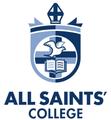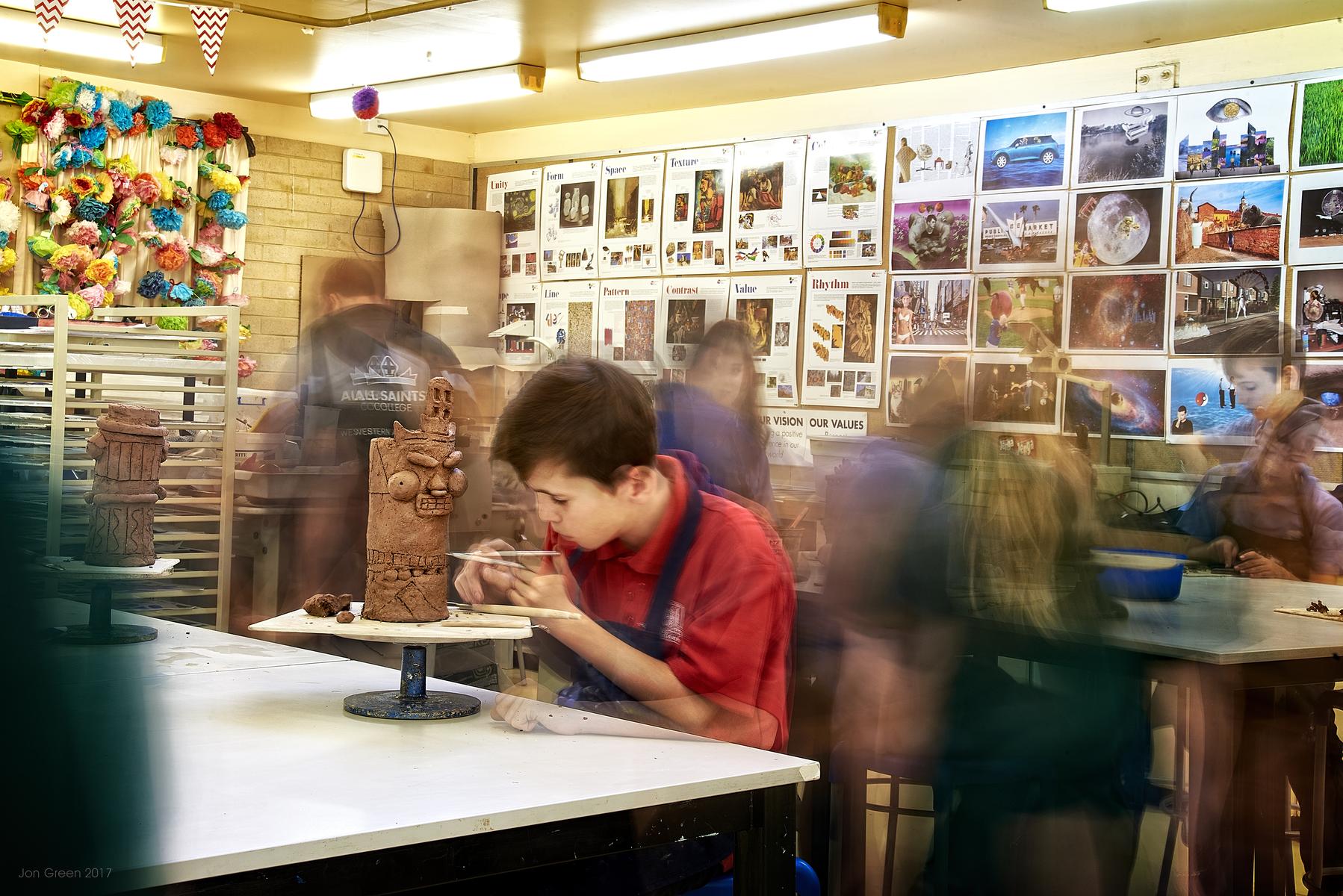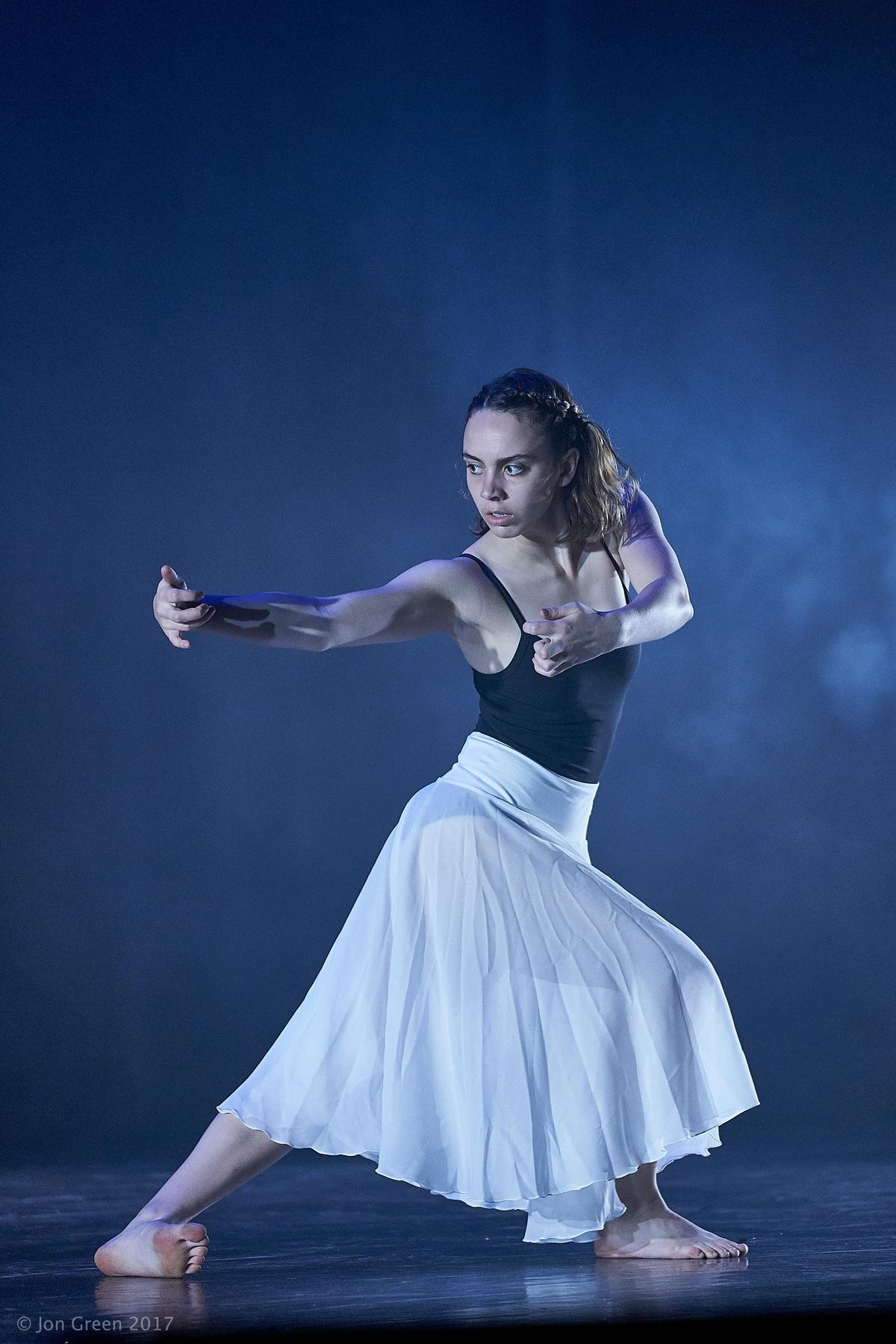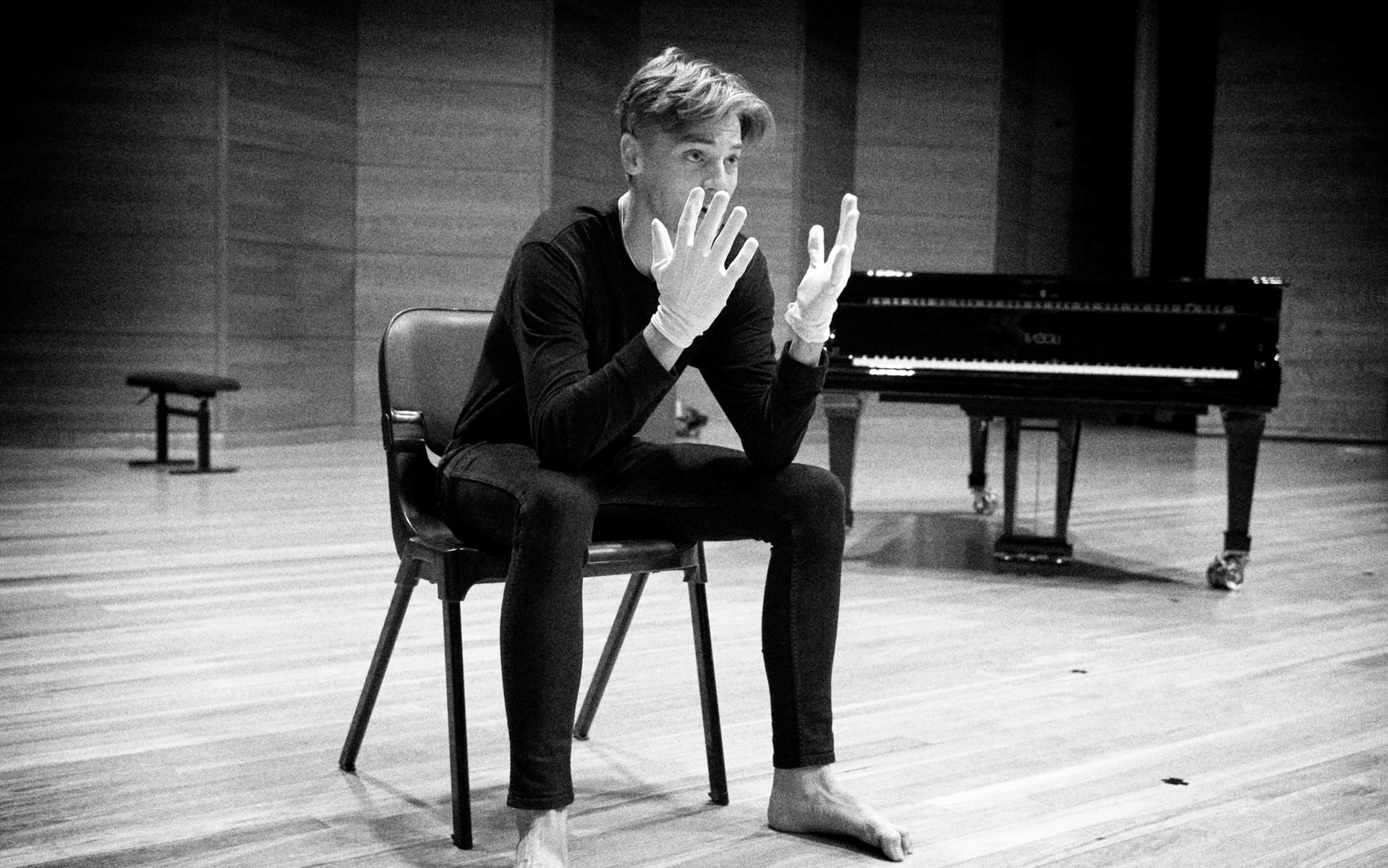ARTS LEARNING AREAS
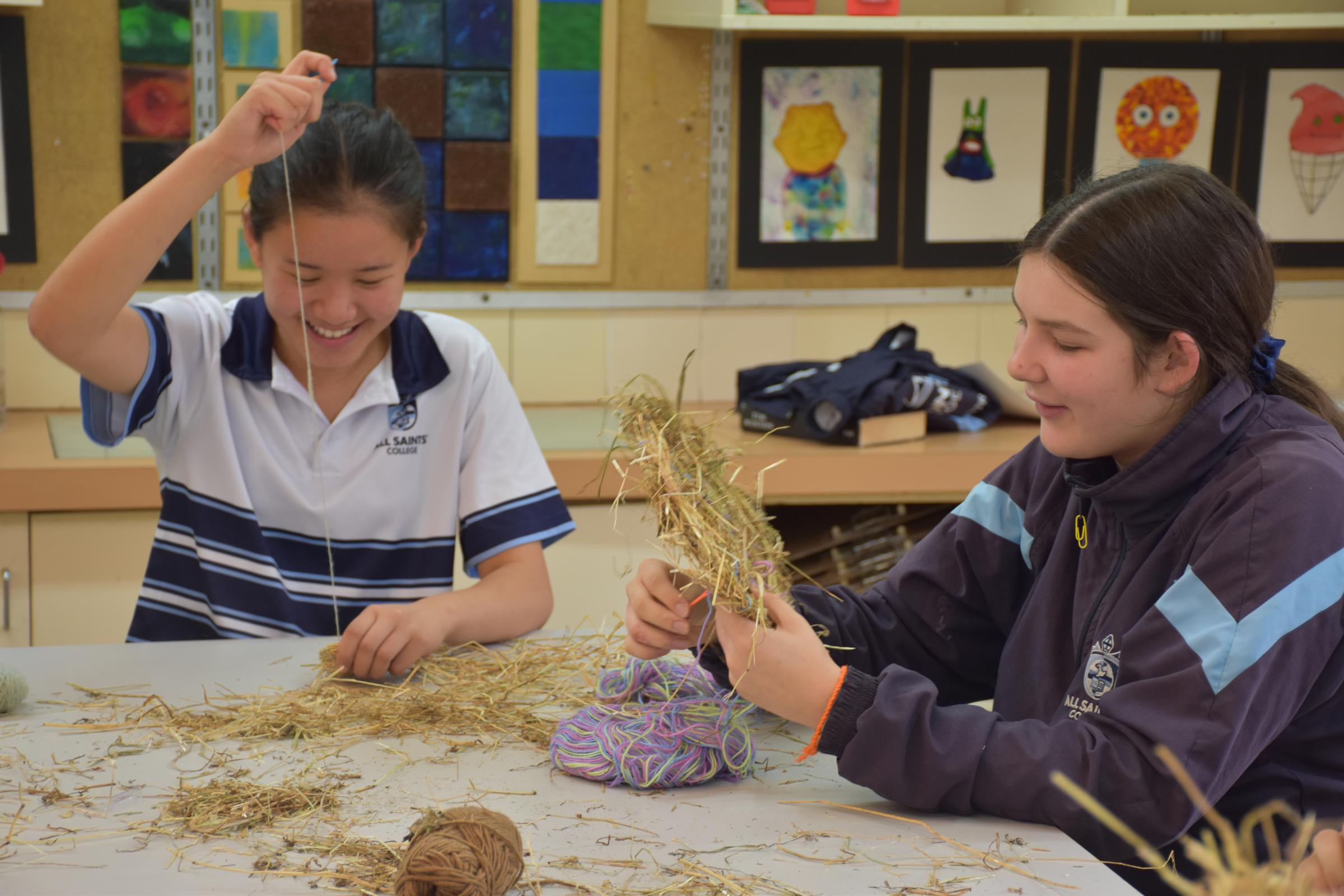
VISUAL ARTS – ATAR COURSE
The Visual Arts ATAR course encompasses the practice and theory of the broad areas of art, craft and design. Students have opportunities to express their imagination, develop personal imagery, develop skills and engage in the making and presentation of artwork. They develop aesthetic understandings and a critical awareness that assists them to appreciate and make informed evaluations of art.
This course places value on divergence, uniqueness and individuality. It assists students to value and develop confidence in their own creative abilities and to develop a greater understanding of their environment, community and culture. The Visual Arts ATAR course engages students in a process that helps them develop motivation, self-esteem, discipline, collaborative practice and resilience, all of which are essential life skills. Enterprise and initiative are recognised and encouraged.
Within contemporary society, there is increasing demand for visual literacy: the ability to perceive, understand, interpret and evaluate visual information. The Visual Arts ATAR course enables students to develop their visual literacy and communication skills and become discriminating in their judgements. Particular aspects of life are understood and shared through visual symbol systems that are non-verbal modes of knowing.
A consumable charge applies to this course. This cost will be separate to Tuition fees.
Year 11
Unit 1: Differences
The focus for this unit is identities. In working with this focus, students explore concepts or issues related to personal, social, cultural or gender identity. They become aware that self-expression distinguishes individuals as well as cultures. Students use a variety of stimulus materials and use a range of investigative approaches as starting points to create artwork. They develop a personal approach to the development of ideas and concepts, making informed choices about the materials, skills, techniques and processes used to resolve and present their artwork.
Students develop understandings of the personal and/or public functions of art in the expression of identity, for example, spiritual expression, psychological expression, therapy, ceremony and ritual, and the purposes of art, such as narrative – telling personal stories or exploring myths. They understand that art may give form to ideas and issues that concern the wider community.
Response to artwork stimulates insights, encourages deeper understandings, and challenges preconceived ideas. Students develop an awareness of how the visual arts may be both socially confirming and questioning, analyse their own cultural beliefs and values and develop deeper understandings of their own personal visual arts heritage.
The course content is divided into two content areas:
- Art making (practical)
- Art interpretation (analysis/theory)
Unit 2: Identities
The focus of this unit is identities. In working with this focus, students explore concepts or issues related to personal, social, cultural or gender identity. They become aware that self-expression distinguishes individuals as well as cultures. Students use a variety of stimulus materials and use a range of investigative approaches as starting points to create artwork. They develop a personal approach to the development of ideas and concepts, making informed choices about the materials, skills, techniques and processes used to resolve and present their artwork.
Students develop understandings of the personal and/or public functions of art in the expression of identity, for example, spiritual expression, psychological expression, therapy, ceremony and ritual, and the purposes of art, such as narrative – telling personal stories or exploring myths. They understand that art may give form to ideas and issues that concern the wider community.
Response to artwork stimulates insights, encourages deeper understandings, and challenges preconceived ideas. Students develop an awareness of how the visual arts may be both socially confirming and questioning, analyse their own cultural beliefs and values and develop deeper understandings of their own personal visual arts heritage.
The course content is divided into two content areas:
- Art making (practical)
- Art interpretation (analysis/theory)
Year 12
Unit 3: Commentaries
The focus of this unit is commentaries. In this unit, students engage with the social and cultural purposes of art making to produce a unique and cohesive body of work. Broad and innovative inquiry includes the conceptualisation and documentation of experiences within contemporary society. Students transform ideas and develop concepts using innovative approaches to art making and presentation. They document their thinking and working practices, having the flexibility to work across media and art forms.
Student’s research artwork providing critical comment on the meaning, purpose and values communicated. They examine their own beliefs and consider how the visual arts have reflected and shaped society in different times and places.
Consideration is given to the roles of artists in different societies, for example, hero, outsider, commentator and social critic. Students investigate the social functions of art, for example, political and ideological expression, satire, social description or graphic communication. They address the relationship between form, function and meaning and develop understandings of how artists are influenced by pervasive ideas, events and circumstances, and how re-contextualisation contributes to meanings and messages in artwork.
The course content is divided into two content areas:
- Art making (practical)
- Art interpretation (analysis/theory)
Unit 4: Points of View
The focus of this unit is points of view. Students identify and explore concepts or issues of personal significance in the presentation of a sustained, articulate and authentic body of work. They engage in sustained inquiry, exploring ideas and developing concepts to communicate a personal point of view.
Students investigate a range of solutions using visual language and document the progressive resolution of thinking and working practices. Skills, techniques and processes are combined in the pursuit of new art forms, innovation and personal style.
Students use critical analysis frameworks to develop an understanding of the practice of art making and art interpretation. They research and analyse factors affecting points of view such as time, place, culture, religion and politics, synthesising this knowledge to express a personal viewpoint or position. In the analysis of their own and others’ artwork, students reflect on the relationship between artwork, audiences and contextual factors, and consider how these contribute to the development of different perspectives.
The course content is divided into two content areas:
- Art making (practical)
- Art interpretation (analysis/theory)
VISUAL ARTS – GENERAL COURSE
The Visual Arts General course encourages students to develop problem-solving skills together with creative and analytical ways of thinking. Innovation is encouraged through a process of inquiry, exploration and experimentation. Students transform and shape ideas to develop resolved artworks. They engage in art making processes in traditional and new media areas which involve exploring, selecting and manipulating materials, techniques, processes, emerging technologies and responses to life. This course allows them to engage in traditional, modern and contemporary art forms and conventions, such as sculpture, painting, drawing, graphic design, printmaking, collage, ceramics, earth art, video art, installations, textiles, performance, photography, montage, multimedia, and time-based works and environments.
The Visual Arts General course aims to enable students to make connections to relevant fields of study and to more generally prepare them for creative thinking and problem-solving in future work and life. It aims to contribute to a sense of enjoyment, engagement and fulfilment in their everyday lives, as well as to promote an appreciation for the environment and ecological sustainability.
This course is organised into a Year 11 syllabus and a Year 12 syllabus. The cognitive complexity of the syllabus content increases from Year 11 to Year 12. The Year 11 syllabus is divided into two units, each of one semester duration, which is typically delivered as a pair.
Year 11
Unit 1: Experiences
The focus of this unit is experiences. Students develop artworks based on their lives and personal experiences, observations of the immediate environment, events and/or special occasions. They participate in selected art experiences aimed at developing a sense of observation.
Students discover ways to compile and record their experiences through a range of art activities and projects that promote a fundamental understanding of visual language. They use experiences to develop an appreciation of the visual arts in their everyday lives.
Students acquire various skills using processes of experimentation and discovery. Imaginative picture making is primarily concerned with experiences of the self and of the immediate environment, including aspects of family life, social activities, communal occasions and other shared activities. Ample scope for free, imaginative interpretation and experimentation with materials is provided.
The course content is divided into two content areas:
- Art making (practical)
- Art interpretation (analysis/theory)
Unit 2: Explorations
The focus of this unit is explorations. Students explore ways to generate and develop ideas using a variety of stimulus materials and explorations from their local environment. They use a variety of inquiry approaches, techniques and processes when creating original artworks.
When exploring ideas and approaches to art making, students investigate the work of other artists. They learn to identify stylistic features of art forms from different times and places and explore ways to manipulate art elements and principles to generate, develop and produce their own artwork.
In developing subject matter for artworks, students explore ways to express personal beliefs, opinions and feelings. They manipulate a variety of media and materials in a range of art forms, recording and reflecting on their artistic achievements.
The course content is divided into two content areas:
- Art making (practical)
- Art interpretation (analysis/theory)
Year 12
Unit 3: Inspirations
The focus of this unit is inspirations. Students become aware that artists gain inspiration and generate ideas from diverse sources, including what is experienced, learned about, believed in, valued, imagined or invented. The breadth of this focus allows choice of learning contexts that are related to students' interests.
In this unit, students develop their knowledge and understanding of visual language and apply this to both art making and art interpretation. Through exploration, investigation and experimentation, they develop skills in inquiry, recording observations and manipulating media to create artworks in selected art forms.
Students, through research and/or first-hand experience of artworks and art making, actively engage in perception, research, reflection and response and consider the ways in which artists, past and present, have been inspired to develop artworks. They are given opportunities to present or exhibit their work, to describe their source(s) of inspiration and to evaluate the process and success of their finished artworks.
The course content is divided into two content areas:
- Art making (practical)
- Art interpretation (analysis/theory)
Unit 4: Investigations
The focus of this unit is investigations. Students explore and develop ideas through the investigation of different artists, art forms, processes and technologies. Students investigate spontaneous and analytical styles of drawing, experimenting with a range of media and techniques. They further develop their knowledge and understanding of visual language and apply this to both art making and art interpretation.
In particular, students explore the expressive potential of media techniques and processes, considering their inherent qualities in the development and presentation of their artworks. They investigate ways to document their thinking and working practices, refining their reflection and decision-making skills.
In this unit, students investigate a variety of artworks and media to further develop their understanding of the creative process and learn how to apply new analytical and production skills and techniques in the communication of their own ideas.
The course content is divided into two content areas:
- Art making (practical)
- Art interpretation (analysis/theory)
DANCE – ATAR COURSE
The Dance ATAR course acknowledges the interrelationship between practical and theoretical aspects of dance – the making and performing of movement and the appreciation of its meaning. Through critical decision-making in individual and group work, movement is manipulated and refined to reflect the choreographer’s intent. Students use a wide range of creative processes, such as improvisation and the use of choreographic elements and devices and draw on their own physicality and the interpretation of existing work of others to create unique dance works. They investigate how technologies are used to extend and enhance dance design. They also learn how dance styles and forms are historically derived and culturally valued. Through dance, students experience an intrinsic sense of enjoyment and have an opportunity to achieve a high level of movement skills.
Year 11
Unit 1: Popular culture
This unit focuses on the exploration of dance in popular culture and how this leads to a wider understanding of the diverse contexts and functions of dance in society.
Unit 2: Australian dance
This unit focuses on the diverse range of functions and contexts of dance in Australia. Students analyse critically their own cultural beliefs and values in relation to traditional and contemporary dance forms and styles, and develop an understanding of their own dance heritage.
Year 12
Unit 3: Youth voice
Within the broad focus of youth voice, teachers select learning contexts that relate to the interests of their students and build upon the understandings that they have already acquired. Students explore learning contexts that reflect their own cultural understanding and produce unique work with a personal style. Students research factors affecting points of view, such as time, place, gender, age, culture, religion politics and the environment. They consider how dance reflects and is shaped by society and its values. They also investigate the impact of technologies on dance.
Unit 4: Extending the boundaries
The focus of this unit is extending the boundaries. Within the broad focus of extending the boundaries, teachers select learning contexts that relate to the interests of their students and build upon the understandings that they have already acquired.
Students investigate learning contexts that reflect their own artistic understanding and produce unique dance work. They investigate how technologies are used to extend and enhance dance design.
Students research issues and reflect on events which may influence dance. In their responses, they examine their own values, considering how dance is shaped by society and its values. In the critical analysis and interpretation of their own work and the work of others, they reflect on the relationships between dance works, audiences and contexts, and how these contribute to the development of different perspectives.
DRAMA – ATAR COURSE
The Drama ATAR course focuses on drama in practice and aesthetic understanding as students integrate their knowledge and skills. They engage in drama processes such as improvisation, play building, text interpretation, playwriting and dramaturgy. This allows them to create original drama and interpret a range of texts written or devised by others by adapting the theoretical approaches of drama practitioners like Stanislavski and Brecht. Students’ work in this course includes production and design aspects involving directing, scenography, costumes, props, promotional materials, and sound and lighting. Increasingly, students use new technologies, such as digital sound and multimedia. They present drama to make meaning for a range of audiences and adapt their drama to suit different performance settings. The focus in this course is on both individual and ensemble performance, as well as the roles of actor, director, scenographer, lighting designer, sound designer, costume designer and dramaturge.
Year 11
Unit 1: Representational, realist drama
This unit focuses on representational, realistic drama forms and styles. Students explore techniques of characterisation through different approaches to text interpretation, particularly those based on the work of Stanislavski and other representational drama.
Unit 2: Presentational, non-realist drama
This unit focuses on presentational, non-realist drama. Students explore techniques of role and/or character through different approaches to text interpretation, particularly those based on the work of Brecht and other presentational drama.
Year 12
Unit 3: Reinterpretation of drama for contemporary audiences
The focus for this unit is to reinterpret dramatic text, context, forms and styles for contemporary audiences through applying theoretical and practitioner approaches. This includes physical theatre approaches, such as Jacques Lecoq, Anne Bogart and Tadashi Suzuki and text-based approaches, such as Theatre of the Absurd, Asian theatre and Poor Theatre. In this unit, students work on the reinterpretation of text, subtext, context, form and style through Contemporary and devised drama unit description in-depth study.
Unit 4: Contemporary and devised drama
The focus for this unit is interpreting, manipulating and synthesising a range of practical and theoretical approaches to contemporary and devised drama. This includes contemporary theatre approaches, such as Barrie Kosky and Robert Lepage and experimental approaches, such as Robert Wilson and VE Meyerhold.
In this unit, students show their understanding of how a range of practical and theoretical approaches manipulate the elements of drama to devise and perform original work.
DANCE AND DRAMA – GENERAL COURSE
Students have an opportunity to engage in a combined Dance and Drama General Course. This new course is in response to the need for an alternative pathway to ATAR, which allows students at the College to continue their learning in Dance and Drama. The course will be heavily weighted toward the practical component, with students engaging in TWO SUBJECTS IN ONE!
Students who wish to excel in Dance will be able to strengthen expression by studying the craft associated with acting. While students who have a passion for Drama will learn to develop the physical expression that Dance promotes. As they study the specific theory and practical exploration, students will see the benefits in both Arts disciplines and receive training that they will be able to take with them beyond the schooling experience.
Students will do two periods of Dance and two periods of Drama a week, as well as dedicate one PEP period per week a-synchronous to realise work. Two teachers will work as a team to run this General course.
Performance is a significant element of this course, with students who have the ambition to perform given the opportunity to do so publicly. The course also caters for those that wish to improve their communication skills, emotional intelligence, appreciation of arts, and general physical and mental wellbeing.
The Drama General course focuses on drama in practice and aesthetic understanding as students integrate their knowledge and skills. They engage in drama processes such as improvisation, play building, text interpretation, playwriting and dramaturgy. This allows them to create original drama and interpret a range of texts written or devised by others by adapting the theoretical approaches of drama practitioners like Stanislavski and Brecht. Students’ work in this course includes production and design aspects involving directing, scenography, costumes, props, promotional materials, and sound and lighting. Increasingly, students use new technologies, such as digital sound and multimedia. They present drama to make meaning for a range of audiences and adapt their drama to suit different performance settings. The focus in this course is primarily on ensemble performance and teamwork.
The Dance General course acknowledges the interrelationship between practical and theoretical aspects of dance – the making and performing of movement and the appreciation of its meaning. Through decision-making in individual and group work, students use a wide range of creative processes, such as improvisation and the use of choreographic elements and devices to create dance works. They also learn how dance styles and forms are historically derived and culturally valued. Through dance, students experience an intrinsic sense of enjoyment and have an opportunity to achieve a high level of movement skills.
In Year 12 students will have the opportunity to continue to specialise in either General Drama or Dance or both.
CERTIFICATE III – EVENTS YEAR 11 AND YEAR 12
This qualification reflects the role of individuals who use a range of well-developed events administration of operational skills and knowledge to complete event-related work activities. Using discretion and judgement, they work with some independence under the guidance of more senior event personnel, using plans, policies, and procedures to guide work activities.
To learn more about this course, please view the VET Handbook by clicking HERE.
CERTIFICATE III – SCREEN AND MEDIA YEAR 12
This qualification reflects the role of a skilled operator in digital video, radio and online content creation, or a skills assistant in the film and television and television production services who applies a broad range of competencies in a varied work context, using some discretion and judgement and relevant theoretical knowledge.
To learn more about this course, please view the VET Handbook by clicking HERE.
CERTIFICATE II – CREATIVE INDUSTRIES YEAR 11
Media is a fast-growing industry that is demanding highly trained specialists that possess a range of skills. In this course, students will participate in a range of media and digital media experiences. They will work on major media projects such as film productions, podcasts, live TV production and digital media productions where they will produce work from the planning to post-production stage.
To learn more about this course, please view the VET Handbook by clicking HERE.
